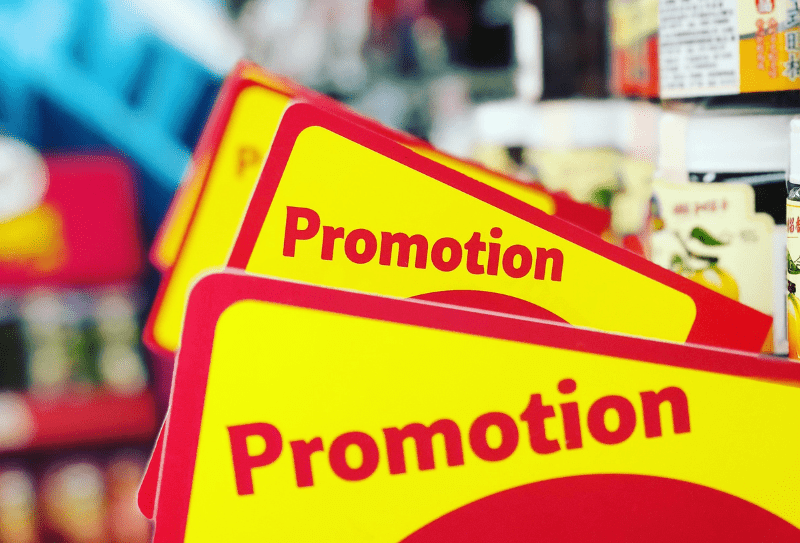When you’re in a supermarket, do you ever deviate from your list? And do you ever swap the products you usually buy, in favour of a seemingly ‘better’ or more cost-effective alternative?
Shoppers are constantly influenced by the environments in which they shop – but this isn’t a forceful or obvious influence. Instead, shoppers are gently encouraged to make decisions based on what is around them, for example, the location, positioning and pricing of products, promotions, discounts, offers, and marketing materials.
By carefully understanding how these elements work together, retailers can create an environment in which shopping decisions can be influenced. This is what is known as ‘choice architecture’ – “the practice of influencing choice by organising the context in which people make decisions.”

A ‘nudge principle’ is “any aspect of the choice architecture that alters people’s behaviour in a predictable way without forbidding any options or significantly changing their economic incentives.”
Consumers are habit-driven, meaning that there’s an inherent obstacle to them adopting new eating habits, even if the desire is there in the first place. Nudge principles are a useful tool for retailers trying to overcome this obstacle and drive sales of their plant-based products.
ProVeg International recently published an article that delves into various ways in which retailers can adopt the above concepts to encourage consumers to purchase plant-based products.
One of their suggested ‘nudges’, was to create a sense of urgency and exclusivity around a plant-based product. Let’s take a closer look.

Highlight urgency and exclusivity
While it is important to ensure that the products you want to push always remain visible and available to consumers, an excellent way to instigate more purchases is to highlight that a product is close to selling out. This often makes that product appear more desirable.
Shoppers tend to conclude that if a product is close to selling out, other people are shopping for that item too, so ‘it must be good’. This increases the urgency around the product and nudges more people to purchase it – ‘quick, before it’s gone!’
It links to the concept of ‘social proof’, whereby shoppers are inherently influenced by others around them. The crux of this technique is making consumers think that a product might sell-out, without ever removing that product.
If you have an e-commerce site, you can easily use pop-ups that denote that a product is selling fast, without physically removing that product or reducing stock. Product counters are also great – seeing a tangible number of remaining products can push a potential shopper to jump to purchase the item themselves so that they don’t miss out on buying it before other shoppers snap it up.

One easy way that both brick-and-mortar and e-commerce retailers can create urgency around a product or products, is by giving that product a time-limited discount or offer.
Adding a time limit or pressure component to the experience of shopping in the form of a sale will subtly push a potential customer to commit to purchasing before it goes up in price, helping them to feel that they are getting something that is good value.
Giving an end date to a sale price gives the consumer a window of opportunity in which to get a better price on a product they were already considering buying.
Learn more about nudge principles and how to implement them, by reading ProVeg’s full article, and visit the New Food Hub for more business insights.





